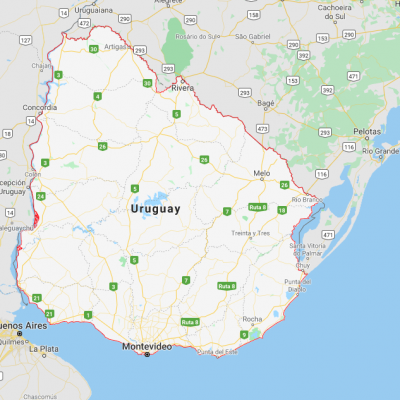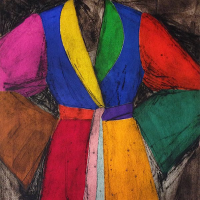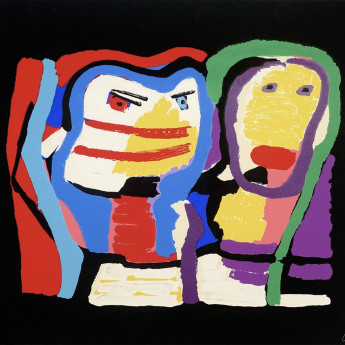
Uruguay
Contemporary Art in Uruguay is a dynamic and evolving field, reflecting the country's rich cultural heritage and innovative spirit. Uruguayan artists, through various mediums such as painting, sculpture, and digital art, explore themes ranging from political commentary to social issues and personal experiences. Institutions like the National Museum of Visual Arts in Montevideo have been instrumental in fostering this growth. Uruguayan contemporary art, thus, serves as a powerful platform for dialogue and expression, pushing boundaries and challenging conventions.
Show All
- Show All
- Established
- Discoveries
Show All
ARTWORKS RELATED TO URUGUAY

A photograph is an image captured with a camera. Traditionally, photographs were made by exposing film and then developing the image on light-sensitive paper using chemicals. Today, photographs can also be captured digitally and printed or displayed electronically. The process requires a camera, whether film or digital, and a photographer.

Stuckism is an art movement that promotes figurative painting over conceptual art. It was founded in 1999 by Charles Thomson and Billy Childish with an initial group of 13 artists in Britain. The movement has since expanded to 52 countries with 233 groups worldwide. Several manifestos, issued by Thomson and Childish, advocate for the spirit of modernism and the creation of spiritual art, regardless of medium, subject matter, or style. Stuckism emphasizes the importance of genuine expression and rejects the dominance of conceptual art in the contemporary art scene.









